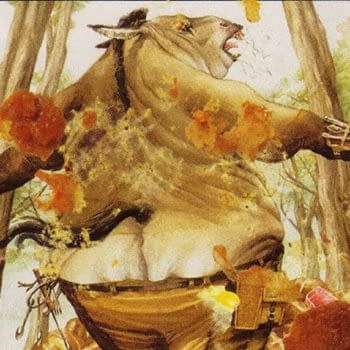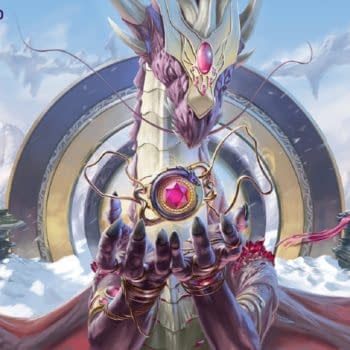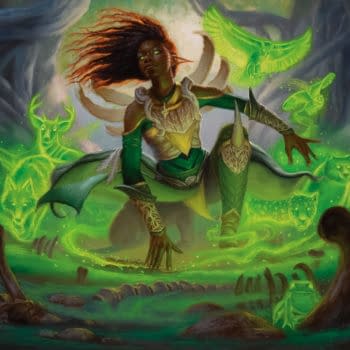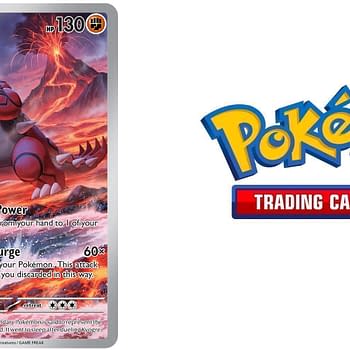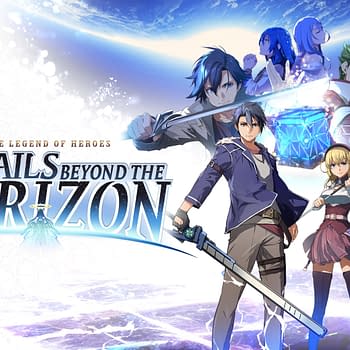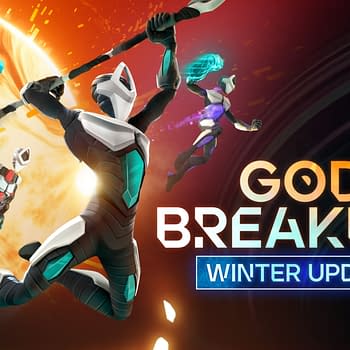Posted in: Card Games, Games, Games, Magic: The Gathering, Opinion, Pokémon TCG, Tabletop, Wizards of the Coast, Yu-Gi-Oh! | Tagged: Ancient Mew, Konami. Mew, magic, Magic: The Gathering, MTG, opinion, Pokemon TCG, PTCG, wizards of the coast, WotC, YGO, YGOTCG, yu gi oh!
Opinion: How "The Ancient Mew Effect" Weakens Card Games
Hello there loyal readers! Today, we'd like to speak with you a bit about "The Ancient Mew" effect and how it lessens the enthusiasm that many players have regarding card games. In this article, we will discuss exactly what that means, and why it's gone from a strict novelty to a strict negative in established card games.
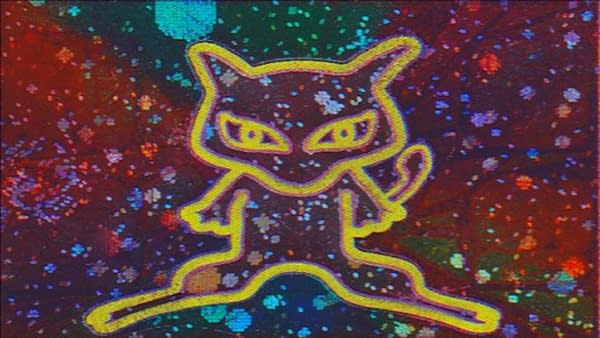
The Ancient Mew Effect is a phenomenon that is not new at all, but we here at Bleeding Cool wish to coin here and now, if we may.
The history is this: back in the early days of the Pokémon Trading Card Game, when it was still being released by Wizards of the Coast, a card was put out into the public through an extremely-scarce promotion. The card was called "Ancient Mew", and it was nigh-illegible due to having complex ciphers and symbols far different from any other Pokémon Trading Card Game card at the time. The goal to decipher the text on Ancient Mew so that it could be used became a major task for players, and thus the trend began.
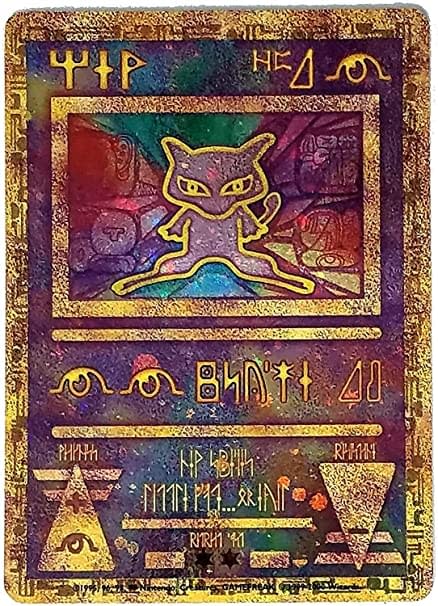
However, as time wore on and card games, in particular, grew in complexity (both in style creep and power creep), the Ancient Mew Effect became less of a novelty and more a nuisance. Looking into the Invocation Series of cards from Magic: The Gathering as a prime example of this, there are various cards in this series that are notoriously hard to look at, and some might go so far as to call them relatively-ugly.
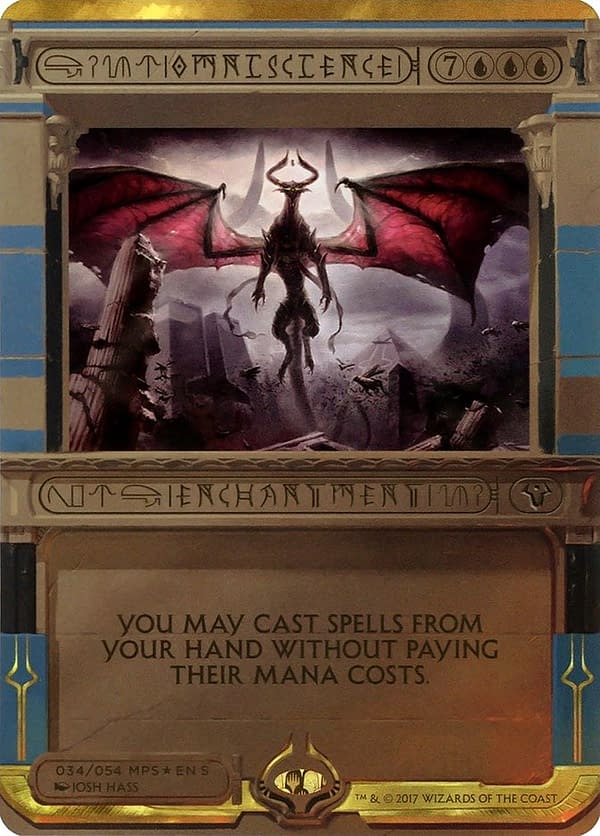
Let's take a quick look at one: Omniscience, for example, is a great card to show if you want to highlight the problems with Invocations. This card hardly looks like a blue card, besides its mana cost (which doesn't look blue outside of the symbols) and the few little marks on the sides of the card. Invocations are so scarce that the blue marks might even seem standard for all of them, to be frank. Add to this the illegibility of the name and type lines, and you have yourself a card that is more a pain than a plaything. Beyond that, Josh Hass's art is beautiful, but we don't see it well enough past the garish, Amonkheti-Egyptian stylings, as well as the overall size of the card. Besides, there's only so much of Nicol Bolas that we can really stand in this series of cards.
The Invocation Series spans over 50 cards in total, but the buck doesn't stop there. If you cannot read a card, it's tough to play a card! Language barriers aside (because that's always going to be a given in Magic: The Gathering, especially in professional circuits), this is valid. The Ancient Mew Effect is a lot to handle for any player.
This doesn't just apply to Magic, though. Look at these three Yu-Gi-Oh! cards and, from memory, tell me what they do.

If you could recite the actual effects of these three cards, or even one of them, by heart, then you're likely a die-hard fan of the Yu-Gi-Oh! trading card game or anime series. But most people can't do that. The text is tough to get through even on the cards with their mechanical text due to font size. Imagine not having these abilities available to read off the bat. It'd drive a player off the deep end.
Anyhow, game components need to be easier to read than the novelty of the Ancient Mew Effect would warrant. If more game designers would realize this then the game industry would be in a somewhat-better spot. Thankfully Wizards of the Coast (among others) have since decided to not be as novel with the visual design of their cards. That's a good thing, for sure. Let's keep that up!


